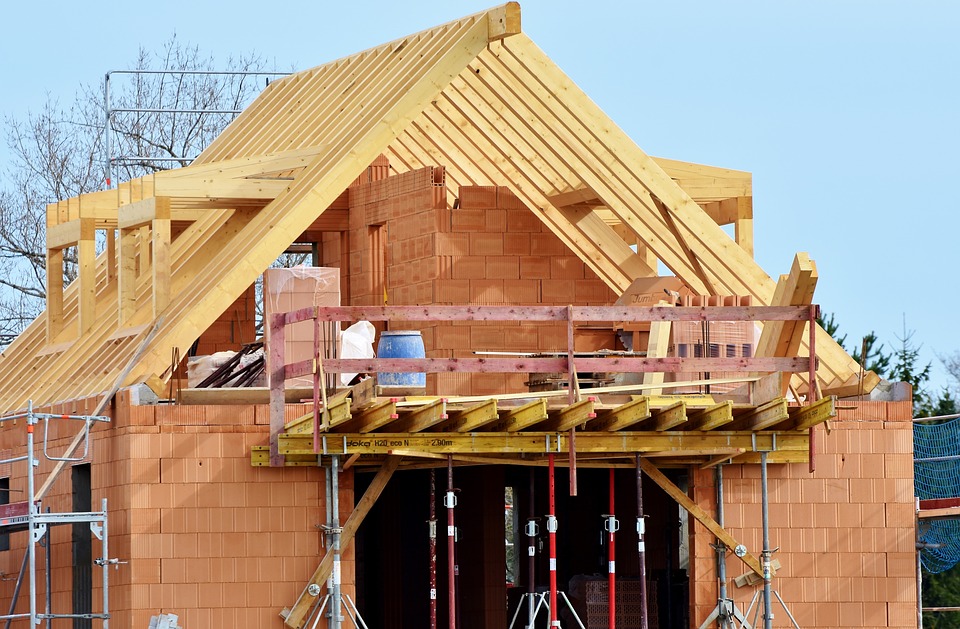Over half (54%) of mortgage applicants who’d fallen out of the application process were denied a home loan for reasons that could be considered ‘normal’ by most people, such as being self-employed or contract workers, Together has found.
Other factors once believed to be ‘non-standard’ include taking a dividend, or the type of property they were looking to buy, including conversions or high-rise flats.
Pete Ball, personal finance, chief executive at Together, said that many mainstream lenders needed to keep pace with the demands of these types of borrowers.
He said: “The world has changed. People’s pay, working patterns and pensions have altered beyond all recognition from 30 or 40 years ago.
“Even where they live, who they chose to live with, or the type of property they want to buy is vastly different from a generation earlier.
“What was previously thought to be ‘normal’ simply doesn’t exist anymore.”
Together’s study, which was conducted by market researchers YouGov, builds on earlier research by the Intermediary Mortgage Lenders’ Association, (IMLA) which revealed a significant proportion of the UK population fail to secure a home loan between an initial enquiry and the time they would receive a mortgage offer.
The latest survey discovered that, of those rejected, 12% were denied because of their employment type, while 3% had insufficient employment history. This could be despite potential borrowers being in a good position to repay their mortgages.
One in 10 (10%) were denied because the property they wanted to buy was considered ‘non-standard’, which could mean anything from a converted barn to a high-rise apartment.
Self-employed workers are also being “locked out” of the mortgage market by some lenders, Mr Ball said. Labour market data shows the population of people who are working for themselves has soared by a quarter in the past decade to 4.8 million, making them a cornerstone of the UK economy.
Millennials – those aged between 18 and 34 – were worst hit overall – with two thirds (66%) who took part in the survey failing to get on the housing ladder because of the way they live and work nowadays, which may mean they do not meet some mainstream lenders’ criteria
A total of 46% of over 55s were denied home loans, some because they were too near retirement age.
Ball though this could pose a growing problem in the future, as the age of the UK population rises, with the number of people aged 65 and over in England and Wales projected to increase by 65% to more than 16.4 million in 2033.
Andrew Montlake, of mortgage broker Coreco, said: “Across the country, people are living and working longer and have varying ideas of what their perfect home will be at different stages throughout their lives.
“Unfortunately, much of the mainstream mortgage market has been slow in catering for these potential borrowers, who make up a wide section of society. The market needs to continue to adapt to make sure it remains fit for purpose.”
Additionally, Together found nearly one in five (18%) people were turned down because they had a low credit score or a lack of credit history.
Surprisingly, fewer than one in 10 (9%) of said they’d been turned down because their deposit was too small and 16% said they were not earning enough to afford repayments on their home loan.
Over a quarter (27%) of rejected applicants who did not obtain a subsequent mortgage were put off ever going through the process again – shelving their dream of owning their own property – rising to 32% for over-55s.
Some one in 10 (10%) of those who withdrew a mortgage application/enquiry the last occasion they were unsuccessful pulled out before receiving an offer as they found the process too complicated, and 7% said there were too many stages.
A disappointing 28% who were originally unsuccessful have not secured a mortgage.
Ball said: “As a lender, we’ve been providing flexible, common sense lending for over 44 years, so we recognise that was once considered unusual or specialist is now becoming more normal, and the mainstream needs to be able to adapt to the changing world.”
Source: Mortgage Introducer






